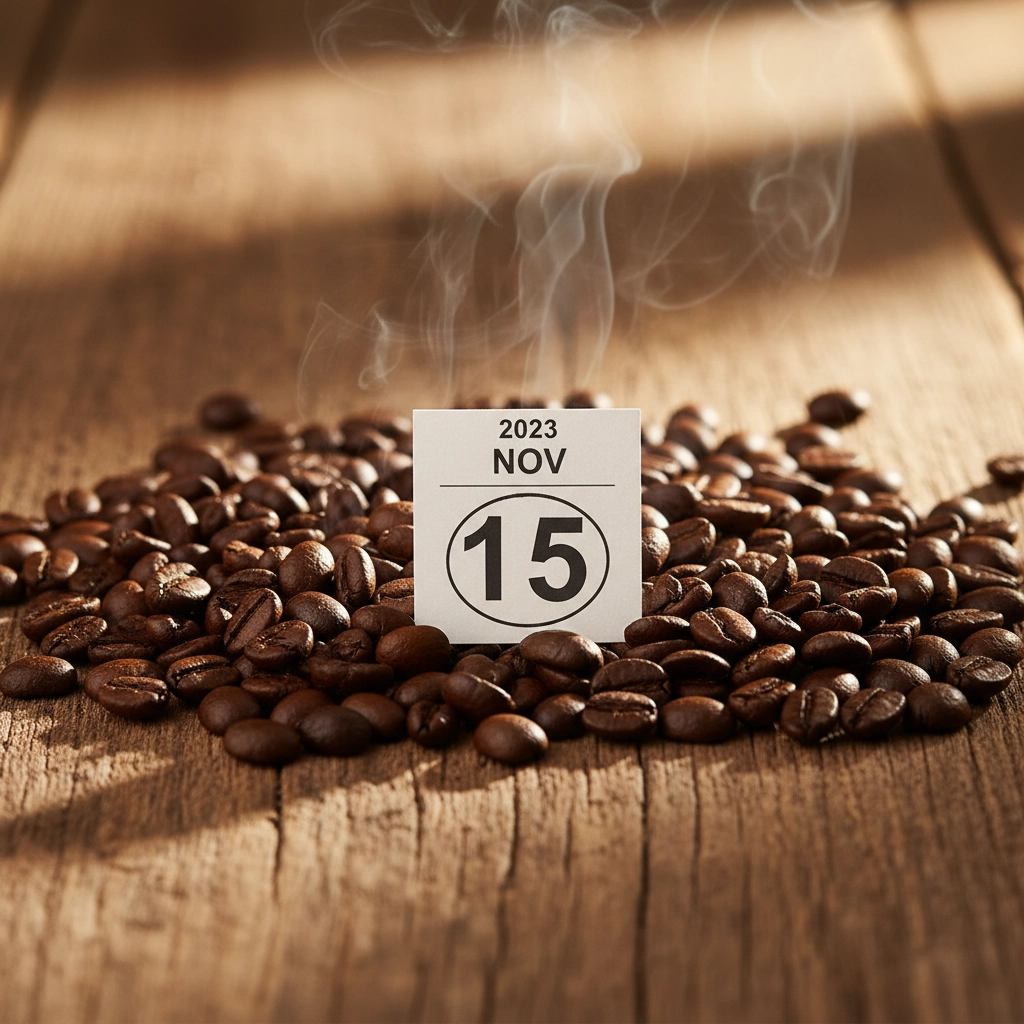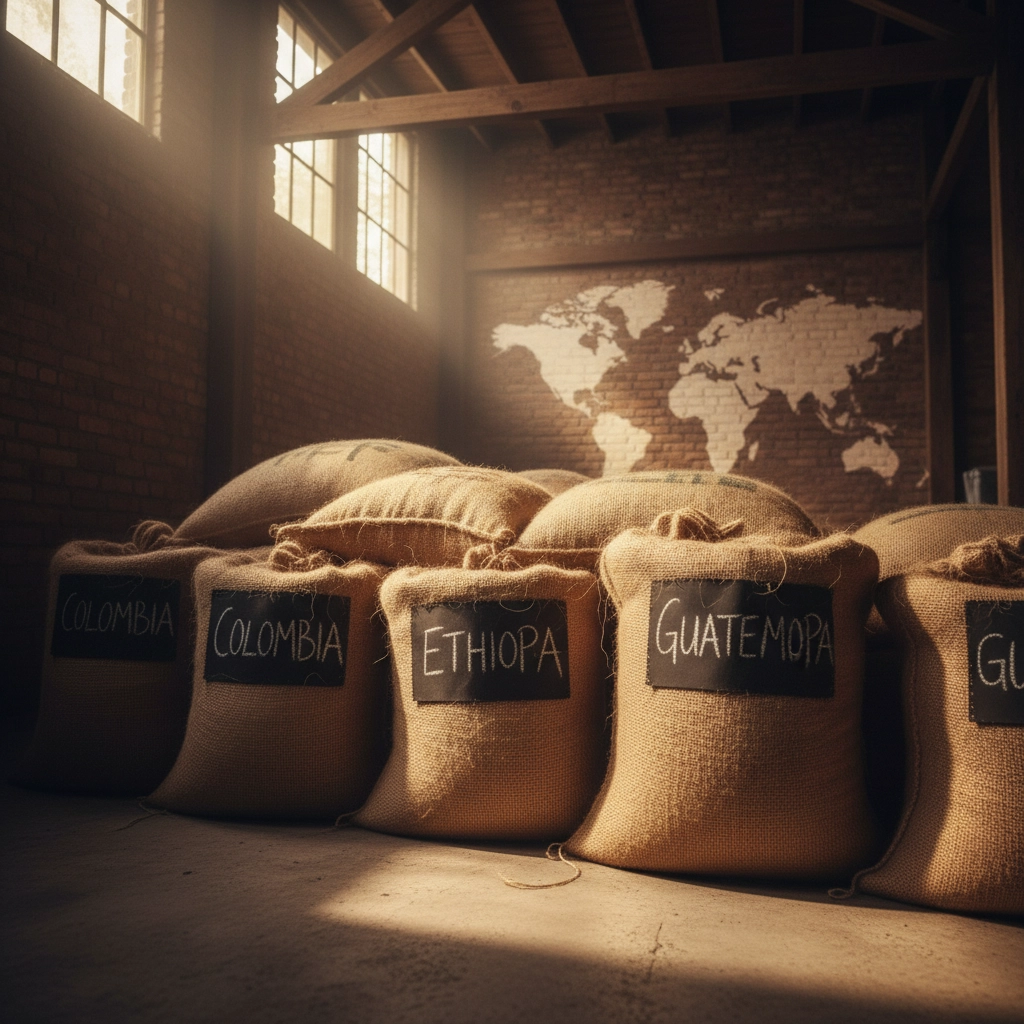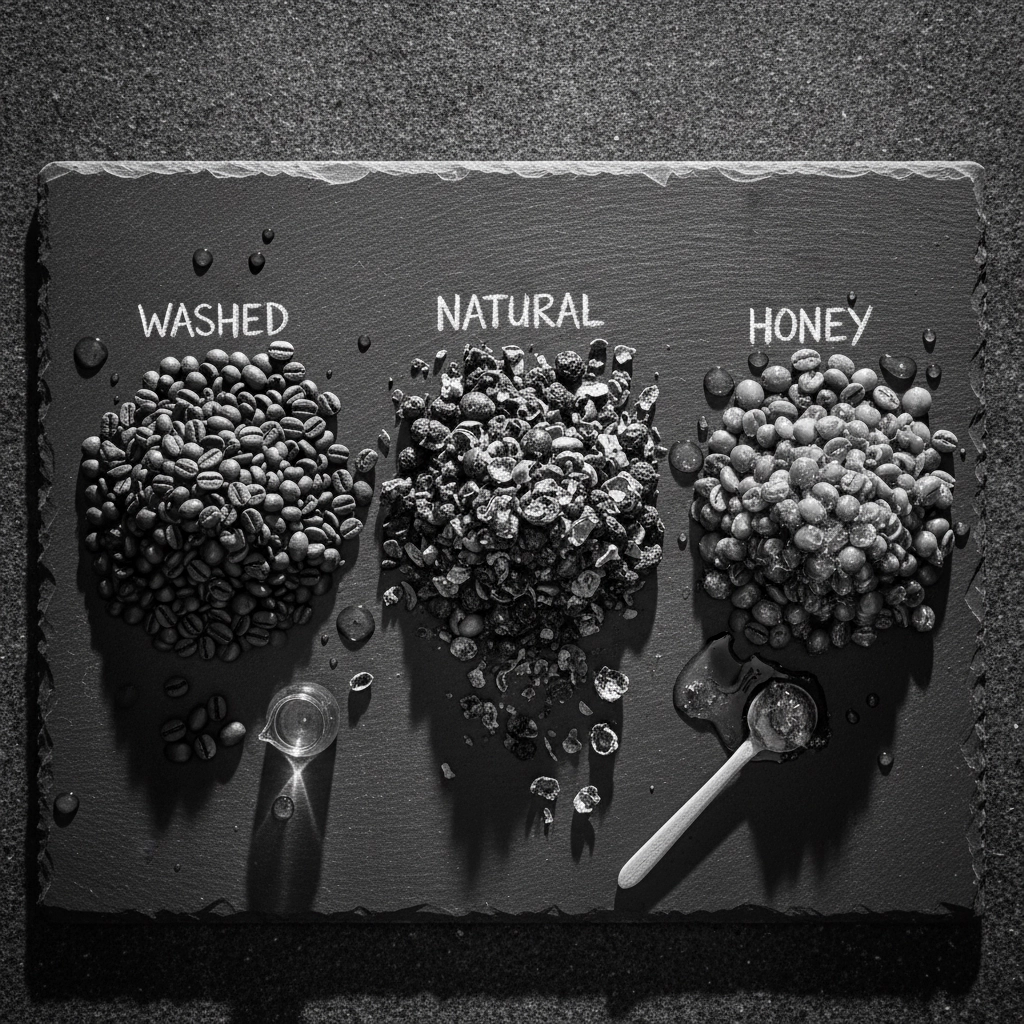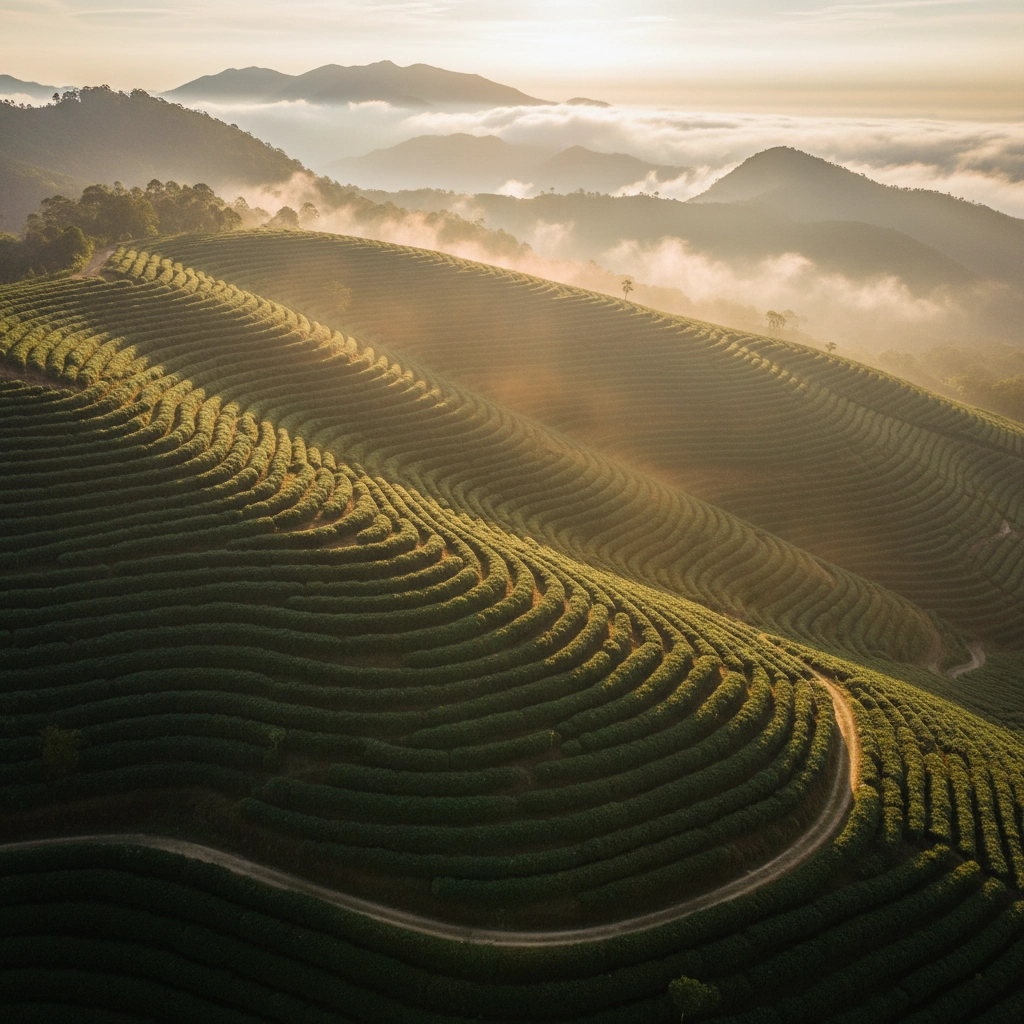Ever stood in the coffee aisle feeling totally overwhelmed by all those fancy labels? You're definitely not alone! Coffee bags are packed with information that can seem like a foreign language – from mysterious processing methods to elevation numbers that sound like mountain peaks. But here's the thing: understanding these labels is your ticket to consistently finding amazing coffee that matches exactly what you're craving.
Think of coffee labels as your coffee's passport – they tell the complete story of where your beans have been and what to expect in your cup. Let's break down everything you need to know to become a confident coffee shopper.
The Most Important Date on Any Coffee Bag
Before we dive into all the fancy details, let's talk about the one thing that matters most: freshness. The roast date is your best friend when coffee shopping. Look for bags that show a "Roasted On" date, not just a generic "Best By" date that could be months or even years away.
Coffee starts losing its magical flavor compounds pretty quickly after roasting. For the best taste, you want beans roasted within the past 7-14 days. After about 4-6 weeks, even the best beans will taste flat and stale. So always check that roast date first – it's the difference between an incredible cup and a disappointing one.

Cracking the Origin Code
Coffee origin information tells you exactly where your beans grew up, and this has a huge impact on flavor. You might see anything from just a country name like "Colombia" to super specific details like "La Esperanza Farm, Huila Region, Colombia."
Single-Origin vs. Blends: Single-origin coffee comes from one specific place – maybe one farm, one region, or one country. These coffees let you taste the unique characteristics of that particular location. Blends, on the other hand, combine beans from different places to create a balanced, consistent flavor profile.
Both have their place in your coffee routine. Single-origins are great when you want to explore unique flavors, while blends often make fantastic everyday coffee that tastes great no matter how you brew it. Speaking of blends, our French Vanilla is a perfect example of how blending can create something magical – smooth coffee with warm vanilla notes that work beautifully in any brewing method.
Understanding Producer Information
This section tells you who actually grew your coffee. You might see an individual farmer's name, a family operation, or a cooperative (co-op) that represents a group of small farmers working together.
When you see specific producer information, it usually means higher quality and better traceability. It also means the farmers are getting fair compensation for their hard work. Some labels even include stories about the farming family or cooperative, which makes your morning coffee feel more connected to its roots.

Decoding Processing Methods
Here's where it gets really interesting. The processing method – how the coffee cherry is removed from the bean – dramatically affects flavor. There are three main methods:
Washed (Wet Process): The fruit is removed immediately and beans are fermented in water. This creates clean, bright flavors with pronounced acidity.
Natural (Dry Process): Beans dry inside the whole cherry, creating fruity, wine-like flavors that can be super complex.
Honey Process: A middle ground where some fruit stays on during drying, creating sweetness and body with moderate acidity.
Understanding these methods helps you predict what your coffee will taste like. If you love bright, crisp coffee, look for washed processing. If you want something with more body and sweetness, natural or honey processing might be your jam.
Elevation Matters More Than You Think
You'll often see elevation listed in feet or meters, and this number actually tells you a lot about quality. Coffee grown at higher altitudes (typically above 3,000 feet) develops more slowly in cooler temperatures, creating denser beans with more complex flavors.
High-altitude coffees tend to be more acidic and have more pronounced flavor characteristics. Lower-grown coffees are often milder and less acidic. So if you see "grown at 5,000 feet," expect bright, complex flavors that really pop in your cup.

Making Sense of Tasting Notes
Those descriptive words like "chocolate," "caramel," or "berry" aren't added flavors – they're the natural tastes that emerge from the bean's origin, processing, and roasting. Professional tasters identify these flavors during cupping sessions, and they help you understand what to expect.
Don't worry if you don't taste exactly what's listed. Everyone's palate is different, and these notes are guidelines rather than guarantees. But they're super helpful for finding coffees in your preferred flavor family.
If you're drawn to sweet, dessert-like flavors, you might love our Caramel or Cinnamon Hazelnut blends. These combine quality coffee with natural flavoring to create consistent, delicious cups every time.
Roast Level: Your Flavor Intensity Guide
Roast level dramatically changes your coffee's character. Light roasts preserve more of the bean's original flavors and tend to be more acidic. Medium roasts balance origin flavors with roasting characteristics, creating well-rounded cups. Dark roasts emphasize roasted flavors like chocolate and caramel while minimizing acidity.
The label might use descriptive terms like "City," "Full City," or "French Roast," or simple descriptions like "Light," "Medium," or "Dark." Choose based on your taste preferences and brewing method – lighter roasts often work great with pour-over methods, while darker roasts can handle espresso brewing beautifully.
Seasonal and Special Edition Labels
Keep an eye out for seasonal offerings and limited editions. These often showcase unique processing experiments, rare varietals, or special collaborations with farms. Our Pumpkin Spice is a perfect example – it captures the warm, cozy flavors of fall in every cup, making it a seasonal favorite that coffee lovers eagerly anticipate.
For those who love rich, indulgent flavors year-round, something like our Mexican Chocolate brings together coffee and cocoa in a way that feels both exotic and comforting.
Certifications and Labels
You might see various certifications like Organic, Fair Trade, Rainforest Alliance, or Bird Friendly. These indicate that the coffee meets specific environmental, social, or quality standards. While not directly related to taste, these certifications can be important if sustainability and ethical sourcing matter to you.

Putting It All Together
Reading coffee labels becomes easier with practice. Start by identifying what matters most to you – is it freshness, origin story, flavor profile, or ethical sourcing? Then use that as your guide when comparing options.
Remember that the "best" coffee is the one you enjoy drinking. Don't feel pressured to love the most expensive single-origin if a well-crafted blend makes you happier. Coffee is personal, and understanding labels helps you find what works for your taste buds and lifestyle.
The next time you're coffee shopping, take a moment to read those labels. You'll start noticing patterns in what you enjoy and become more confident in trying new coffees. Plus, you'll have some great conversation starters when fellow coffee lovers ask about your latest discovery.
Understanding coffee labels transforms shopping from guesswork into an informed choice. Whether you're exploring exotic single-origins or enjoying consistent blends, knowing what to look for ensures every bag you bring home has the potential to create that perfect cup you're always chasing.




